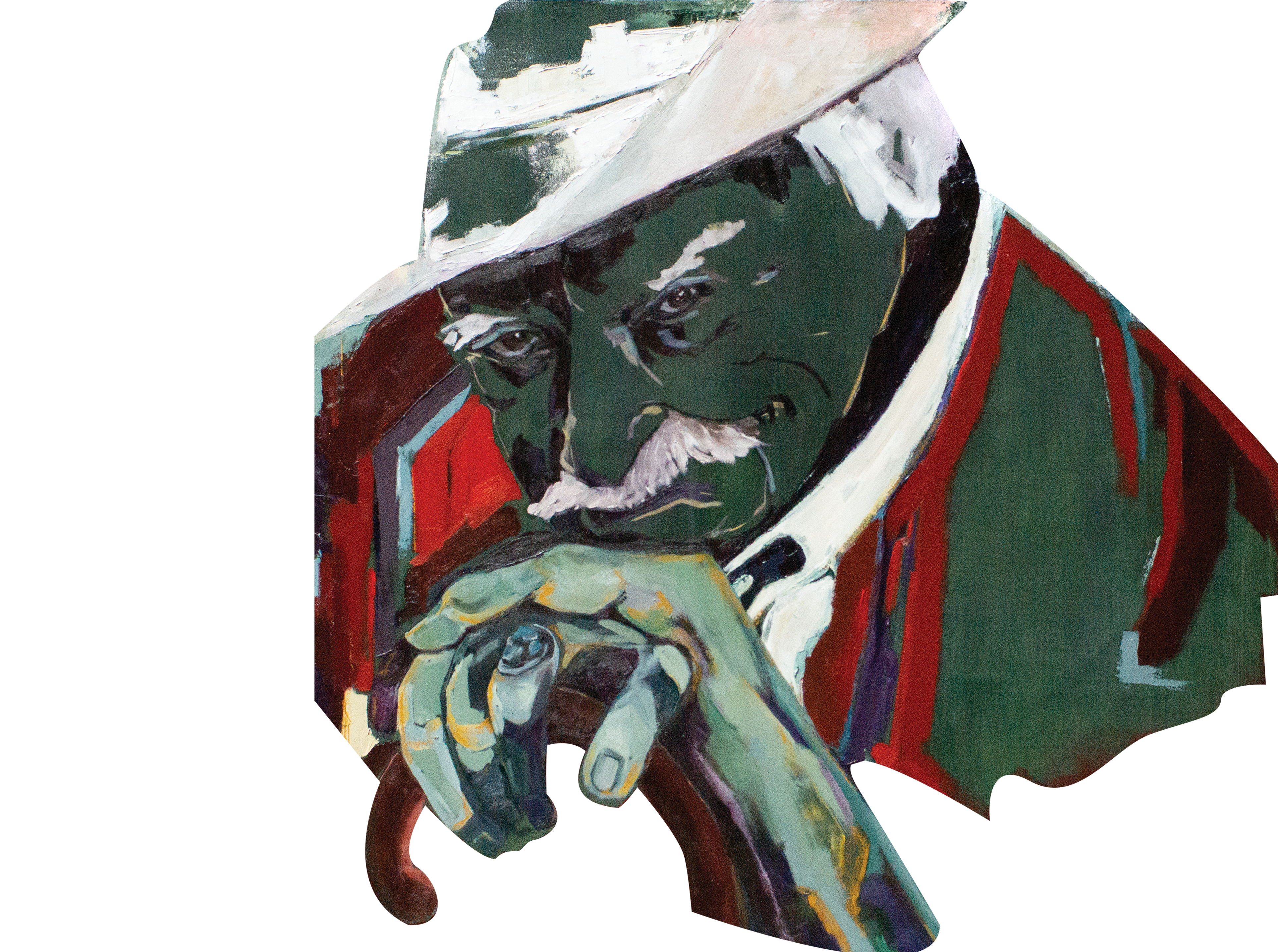ARTIST STATEMENT
Why paint, and why paint people? Because individuals are inimitable and never fully knowable, and so, “what has been said is still not enough.” Painting people helps me to understand people. By looking, seeing, showing, telling a story about an individual, more might yet be said about our interconnectedness so easily overlooked.
![]()
Foregrounding bodies as overfull vessels of interiority makes the canvas a confining force from which the individuals cannot be free. Posture, anatomy, clothing reveal the inner life of the figure as well as their contexts: relationships, places, power hierarchies. Each figure is cropped or cramped even in their large canvas—a metaphor for how others perceive us: incompletely.

Foregrounding bodies as overfull vessels of interiority makes the canvas a confining force from which the individuals cannot be free. Posture, anatomy, clothing reveal the inner life of the figure as well as their contexts: relationships, places, power hierarchies. Each figure is cropped or cramped even in their large canvas—a metaphor for how others perceive us: incompletely.

Androgynous figures with enlarged hands and feet, and powerful women defy essentialist reductions of female agency, beauty, and aging. Hands hold power; hands hold identity.

My background as a Renaissance literature scholar/professor inspires my large oil paintings, all of which originate in poetry. I translate literary technique into visual technique: brush strokes as gestures of lyricism, rhythm, and affect; shapes and colors as metaphor and symbol; posture as narrative movement, emotionally or psychologically revealing or evocative. Intense mark-makin signals the presence of the painter interacting with the figure as well as the viewer. A nod to expressionism is the insistence on the physicality of paint. All that paint is about complexity: visual, emotional, psychological, and narrative.

My abstract paintings are visual correlatives of ineffable awe or joy—a surrender to visions,
revisions, layering and scraping that aspire toward the sublime—an insistence that spiritualized beauty remain profound. These paintings attempt no political, sociological statement—except to honor the extraordinary privilege of not suffering.
Freud and Diebenkorn often provide formalist guidance; Saville, psychic intensity; Casteel and
Alice Neel, the quotidian and familial.